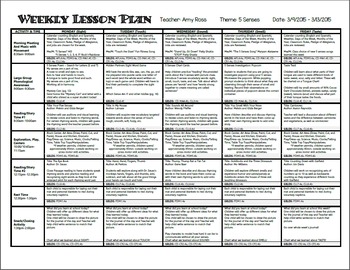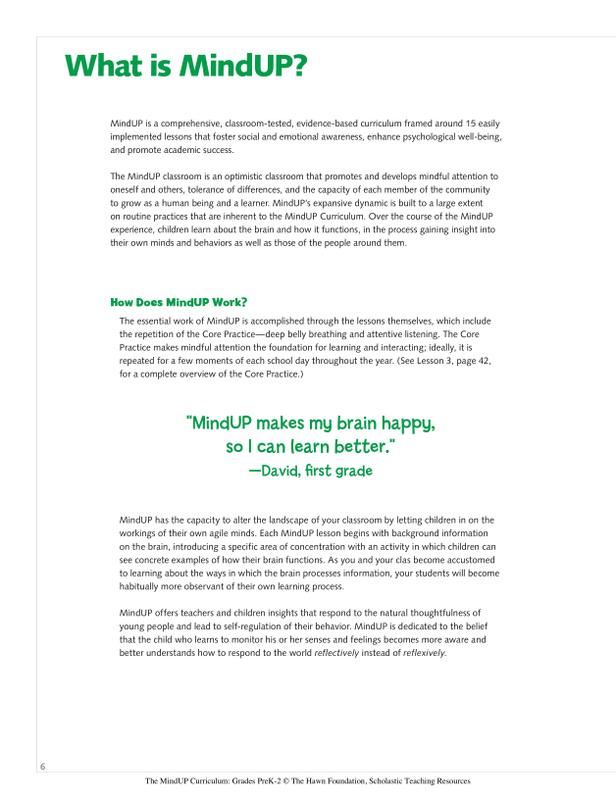
Set and achieve goals persist in the face of challenges Good communicators cooperative team members effective leaders caring and concerned members of their communities


Studies also show classrooms and students that engage in a SEL program show a decrease in: Social and Emotional Learning Should students really be studying social and emotional learning at school? All research points to YES! According to reliable studies and review conducted by the Collaborative for Academic, Social and Emotional Learning (CASEL) through the University of Illinois in Chicago, participation in social and emotional learning (SEL) programs improves students’ positive behavior and reduces negative behavior.īenefits of SEL programs Students and classrooms that participated in SEL programs showed improved: Making choices and solving problems participating in acts of kindness and collaborating with peers engaging in physical activity and enjoying creative efforts such as music, art, drama, reading and storytelling. It is like a library system for the brain. The hippocampus creates, stores, and process all important facts and memories the prefrontal cortex passes on to it. Lubricate our information filter rev up high powered thinking in our prefrontal cortex get our brain ready for peak performanceįully engaged in learning experiencing positive feelings like optimism, gratitude, hope and an overall sense of well being.Ĭlassroom activities that prompt the release of dopamine include: The HAPPY brain… Research is showing that when we are engaged in activities we find interesting or pleasurable, our brain is flush with dopamine. According to Eric Jensen, an educator and brain expert, this may not only stop children from developing but may also cause damage to areas that control emotional development. When cells stop growing they are in a mode that conserves resources for future threats. Over time, the hormones released while stressed can stop the healthy growth of certain cells. Hippocampus – What are your favourite memories? The most useful facts you know? The challenge is it can’t tell a stressful situation from a true emergency and it can cause you to react without thinking.

The amygdala is progammed to keep you safe at all costs! It regulates and blocks information from going to your prefrontal cortex so you can react in an instant. Amygdala – Have you ever felt like you want run, freeze or fight? That was the amygdala. Prefrontal Cortex – the prefrontal cortex uses important information to focus, decide, compute, analyze, and reason –it is our thinking part of the brain and helps us to make good decisions! Here’s the catch: it only receives information when the amygdala is calm. Happy brains work better! (Adele Diamond, neuroscientist, 2009) Getting to know and love the brain From the MindUP™ poster – Fascinating Facts about the Brain Students who participate in the MindUP™ curriculum learn about three important parts of their brain that helps them think and react to everything around them. Fear and anxiety actually shut down our ability to think about how to best assess and approach situations. Information stays in the amygdala and doesn’t flow to our prefrontal cortex so we can think about how to react. When we feel negative or stressed, our ability to think and make good decisions are inhibited. When we’re calm and peaceful, this filter is wide open and information flows to the prefrontal cortex. The STRESSED brain… The brain’s response to stress is linked to the amygdala. Just breathe…how mindfulness helps students’ social, emotional and academic growth (p. 5)Ĩ8% felt they could use at least one thing they learned in MindUP™ at home or at school What’s positive about positive psychology? (p. 4)Ĩ1% of students learned to make themselves happyĨ7% were more accepting of others perspectives Should students really be studying social and emotional skills at school? (p. 3)Ĩ2% of students who participated became more optimistic and thought more positively A recent study on the MindUP™ program conducted at the University of British Columbia by Dr. Kimberly Schonert‐Reichl and Molly Lawlor found that: It is aimed at fostering children’s social and emotional competence and psychological well‐being.ĭevelopment of MindUP™ was based on the latest research in neuroscience, social and emotional learning, positive psychology and mindfulness.

Why are schools choosing MindUP™? MindUP™ is an evidence‐based teaching model and curriculum for students in kindergarten through grade eight. MindUP™ Promotes academic and social and emotional growth


 0 kommentar(er)
0 kommentar(er)
